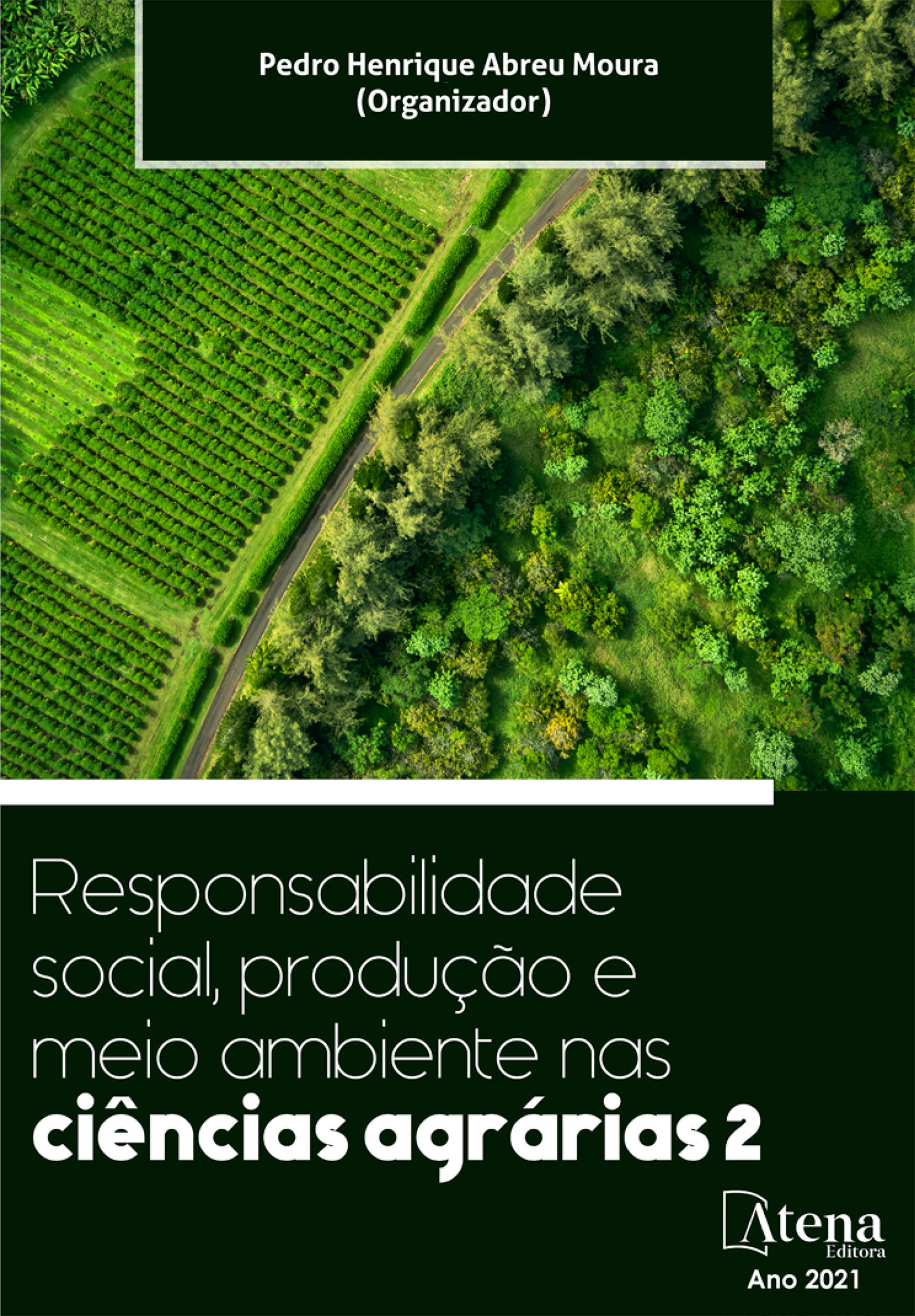
CAPACIDADE ADAPTATIVA E A RESILIÊNCIA DOS SISTEMAS DE PRODUÇÃO AGRÍCOLA COM O IMPLEMENTO DO CAMALHÃO EM ÁREAS DE ARROZ IRRIGADO DO RIO GRANDE DO SUL
A introdução do cultivo da soja (Glycine max (L.) Merrill) no ambiente de arroz irrigado da região sul do estado do Rio Grande do Sul, tem aumentado nos últimos anos, como alternativa de rotação de culturas para áreas de terras baixas, principalmente como medida de controle à incidência de pragas e plantas daninhas prejudiciais ao arroz. Para a implantação de outras culturas neste ambiente de várzea, tornou-se necessário a utilização de plantas que tolerem o encharcamento e práticas de manejo do solo que propicie uma drenagem eficaz. Embora seja um ambiente propício à cultura do arroz, a soja encontra dificuldades de adaptação a áreas com alto grau de encharcamento do solo, o que está relacionado às características físicas do solo, à dinâmica hídrica e à disponibilidade de nutrientes. Desta forma, o presente trabalho tem por objetivo determinar o arranjo espacial de plantas de soja mais adequado para o sistema de preparo de solo em Camalhão neste ambiente. Concluiu-se que o cultivo de soja em camalhão pode proporcionar maior produtividade de grãos de soja quando comparado ao sistema convencional ou sem camalhão, principalmente em decorrência das adversidades climáticas, aumentando a capacidade adaptativa e a resiliência dos sistemas de produção agrícola nas áreas de terras baixas, com maior impacto econômico projetado e relevância para a segurança alimentar.
CAPACIDADE ADAPTATIVA E A RESILIÊNCIA DOS SISTEMAS DE PRODUÇÃO AGRÍCOLA COM O IMPLEMENTO DO CAMALHÃO EM ÁREAS DE ARROZ IRRIGADO DO RIO GRANDE DO SUL
-
DOI: https://doi.org/10.22533/at.ed.0542112078
-
Palavras-chave: Glycine max (L.) Merrill; ambiente de produção; manejo da cultura; sustentabilidade; Bioma Pampa.
-
Keywords: Glycine max (L.) Merrill; production environment; culture management; sustainability; Pampa Biome.
-
Abstract:
The introduction of soybean cultivation (Glycine max (L.) Merrill) in the irrigated rice environment in the southern region of the state of Rio Grande do Sul, has increased in recent years, as an alternative for crop rotation to lowland areas, mainly a measure to control the incidence of pests and weeds harmful to rice. For the implantation of other crops in this lowland environment, it has become necessary to use plants that tolerate waterlogging and soil management practices that provide effective drainage. Although it is an environment conducive to rice cultivation, soybeans find it difficult to adapt to areas with a high degree of waterlogging, which is related to the physical characteristics of the soil, water dynamics and the availability of nutrients. Thus, the present work aims to determine the spatial arrangement of soybean plants most suitable for the soil tillage system in furrow-ridges in this environment. It was concluded that the cultivation of soybean in furrow-ridges can provide greater productivity of soybeans when compared to the conventional system or without this, mainly due to climatic adversities, increased adaptive capacity and the resilience of agricultural production systems in land areas low, with greater economic impact designed and produced for food security.
-
Número de páginas: 9
- Vagner Scouto da Costa
- Sabrina Moncks da Silva
- Ana Carolina de Oliveira Alves
- Bruna Regina Souza Alves
- Vanessa de Avila Soares
- Lília Sichmann Heiffig del Aguila


